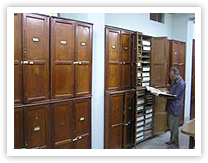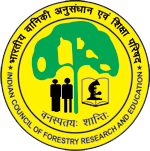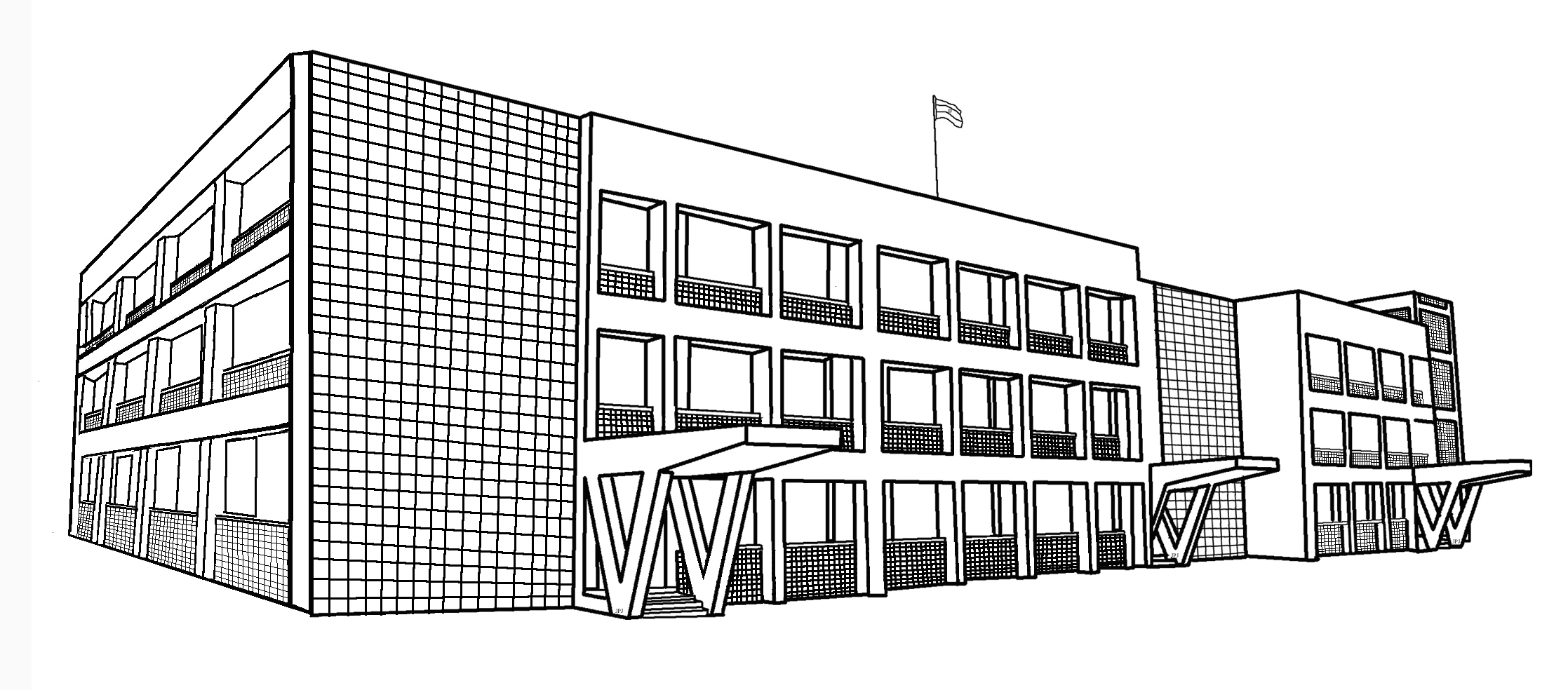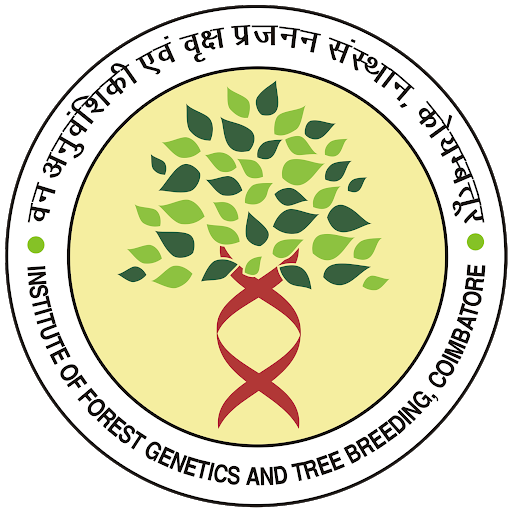Herbarium
Herbarium

Fischer Herbarium is one the oldest Herbarium in the country and listed in the global directory of public herbaria “Index Herbariorum”, a joint project of the International Association for Plant Taxonomy, Vienna and The New York Botanical Garden (USA) with the acronym “FRC” (Forest Research Centre, Coimbatore). Recently, this Herbarium has been recognized as a National Repository, by the Government of India, under the Biological Diversity Act, 2002.This Herbarium has been named after Cecil Ernest Claude Fischer. It had its beginning in the year 1911 when C.E.C. Fischer (1874-1950) was posted to the Forest Service in Madras. He made extensive collections from Anamalais till his retirement. During the period of his service he also made collections from Nilgiris, Palanis and North Coimbatore areas of Tamil Nadu and Seshachalam Hills and Ganjam District of Andhra Pradesh. The majority of original collections from all these areas were sent to the herbarium of the Royal Botanic Garden, Calcutta. The duplicate specimens of most of the Fischer’s collections are deposited in the Fischer Herbarium.It houses very valuable collections of C.E.C. Fischer, T.F.Bourdillon and M. Rama Rao from Andhra Pradesh, Karnataka and Tamil Nadu and Kerala.

Presently, the herbarium has a collection of 25815 specimens of 3894 species, 1460 genera under 240 families including thousands of recent collections with ISOTYPES of Syzygiumoccidentalis (Bourd.) Gandhi; Syzygiumchavaran(Bourd.) Gamble: Syzygiumrama-verma (Bourd.) Chithra; AlbiziasikharamensisSahni&Bennet; Plectroniapergracilis Gamble; AundinellavaginataBor; GarciniaimbertiBourdillon; TheriophonumfischeriSivadasanet Nicolson; Diospyrossulcata ssp. rovaBourdillon; Crotalaria bourneaeFyson. Some of the collections are as old as 1877. Ranunculusmuricatus L. collected by J. R. Drummond Esq. from Punjab, in March 1879 is the oldest Herbarium specimen available in the Fischer Herbarium. Several students and research workers from different universities and research organizations of the region are utilizing these facilities. All the specimens in herbarium have been digitized. This will facilitate the use of herbarium images using computer for identification and confirming the identity.





